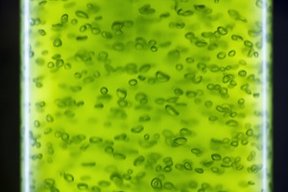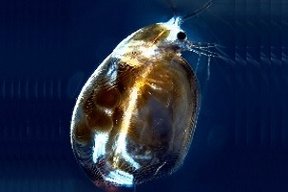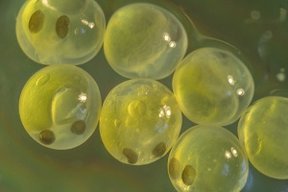



It important to consider that these materials typically are too large to pass cell membranes thus per definition rendering them not toxic. This means that the paradigm needed to test toxicity any way is in challenging the past 500 years of a Paracelsus dose-response way of operating. We will use the freshwater algae and cyanobacteria growth inhibition test (OECD 201), the water flea acute test (OECD 202) and the reproduction test (OECD 211), and lastly, the fish embryo acute toxicity test (OECD 236). Using the analytical methods developed in the project, we will measure the freely dissolved concentrations of the cationic polymer. From this work, we will be able to derive a Predicted No Effect Concentrations (PNEC) for each individual cationic polymer.
The observed effects will also be compared using a SAR-type and or read-across approach with cationic polymer physical/chemical polymer properties.